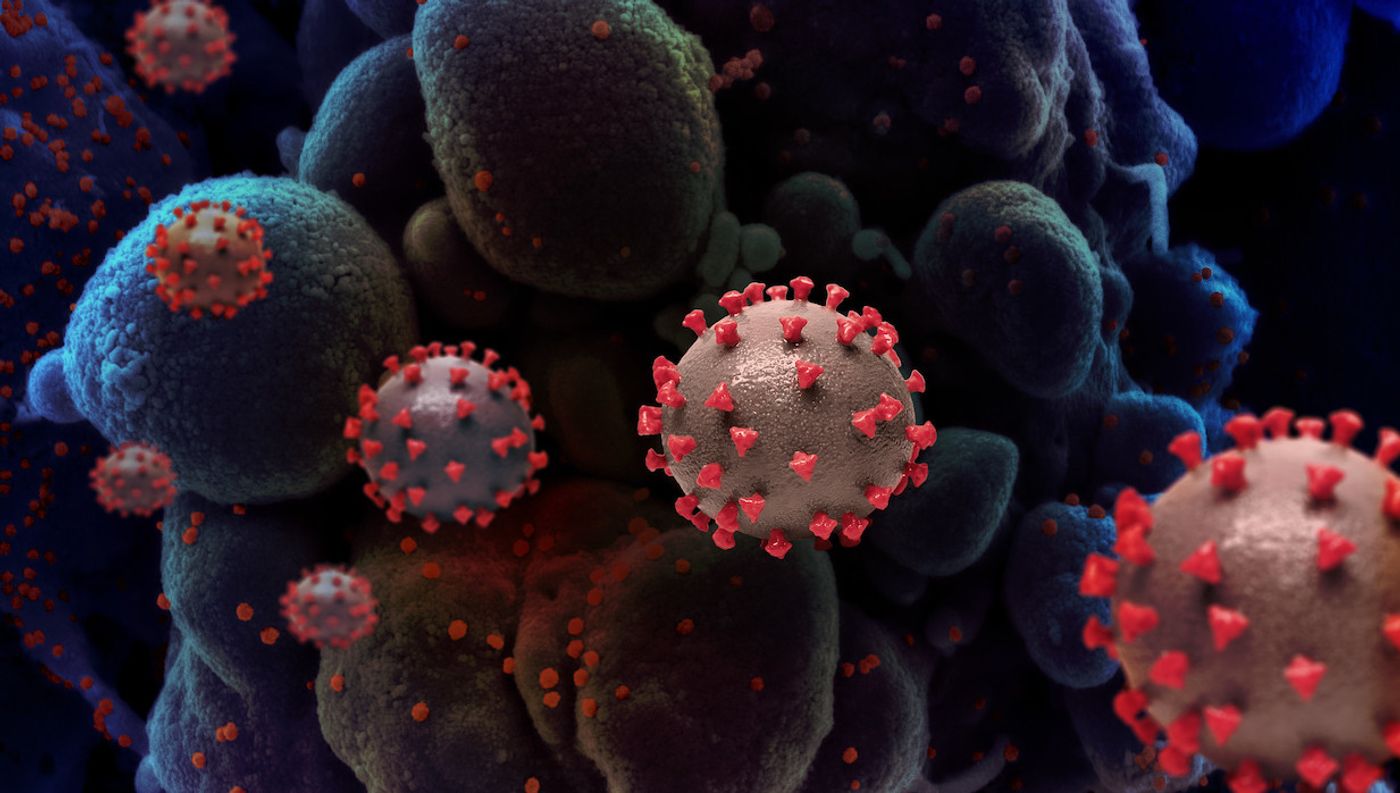How SARS-CoV-2 Works
Cell biologist Carolyn Machamer has studied viruses for the past 35 years, and has seen outbreaks caused by several pathogens including H1N1 influenza and the coronaviruses SARS and MERS. The importance of her research has never been more clear, as scientists around the world scramble to learn as much as they can about the pandemic coronavirus SARS-CoV-2, which has killed more than 643,000 people as of July 25, 2020. Machamer has emphasized the need for basic research that can tell us more about these pathogens.
“We need to know more about how these viruses work,” she said. “The knowledge can reveal hidden targets and an Achilles’ heel that could help us develop diagnostics and treatments to eradicate them quickly and efficiently.”
We do know some things about SARS-CoV-2; it's about one-hundredth the size of a cell, and it has a genome made of RNA. It's a coronavirus, a group of viruses that gained their name because of crown-like proteins on their surface, which can bind to receptors on human cells, as well as avian cells. Machamer uses an avian model to learn more about the SARS-CoV-2 virus.
When an infection occurs, the virus enters the body and after binding to a host cell receptor, it fuses to the host cell membrane and releases its contents into the cell. Once inside of the host cell, the first two-thirds of its genome is used to create structural proteins and copy the viral genome so that more viral particles can be generated. These will go on to infect more cells. Before these viruses are shipped out, however, they move to an organelle in the host cell called the Golgi apparatus. The Golgi normally helps sort and package proteins. New copies of the SARS-CoV-2 virus also seem to be assembled there. A part of its lipid envelope is made, and the virus gets packaged there into vesicles that move to the cell surface.
“It’s not the most efficient way to assemble viruses and get them out of a cell,” Machamer noted. “But there has to be a reason why this mechanism has persisted.”
Her work has recently shown that a bronchitis coronavirus can neutralize the pH of the Golgi apparatus, which may help the pathogens move out of the host cell.
Rubella is another virus that's known to assemble new viral particles at the Golgi. Other viruses including hepatitis C, West Nile, and Zika use a different organelle, the endoplasmic reticulum, to process their proteins.
There are many different coronaviruses other than SARS-CoV-2, which was not known to humans before late last year. Rhinoviruses, of which there are over 100 strains, and adenoviruses are known to cause around 80 percent of cases of the common cold, but the remaining 20 percent are caused by coronaviruses.
More effort will be needed to ensure that we're ready to face the threat posed by emerging pathogens. “We need to understand how these viruses work,” added Machamer, “and once we understand that, we’re in a better position to conquer them.”
Source: Johns Hopkins Medicine









